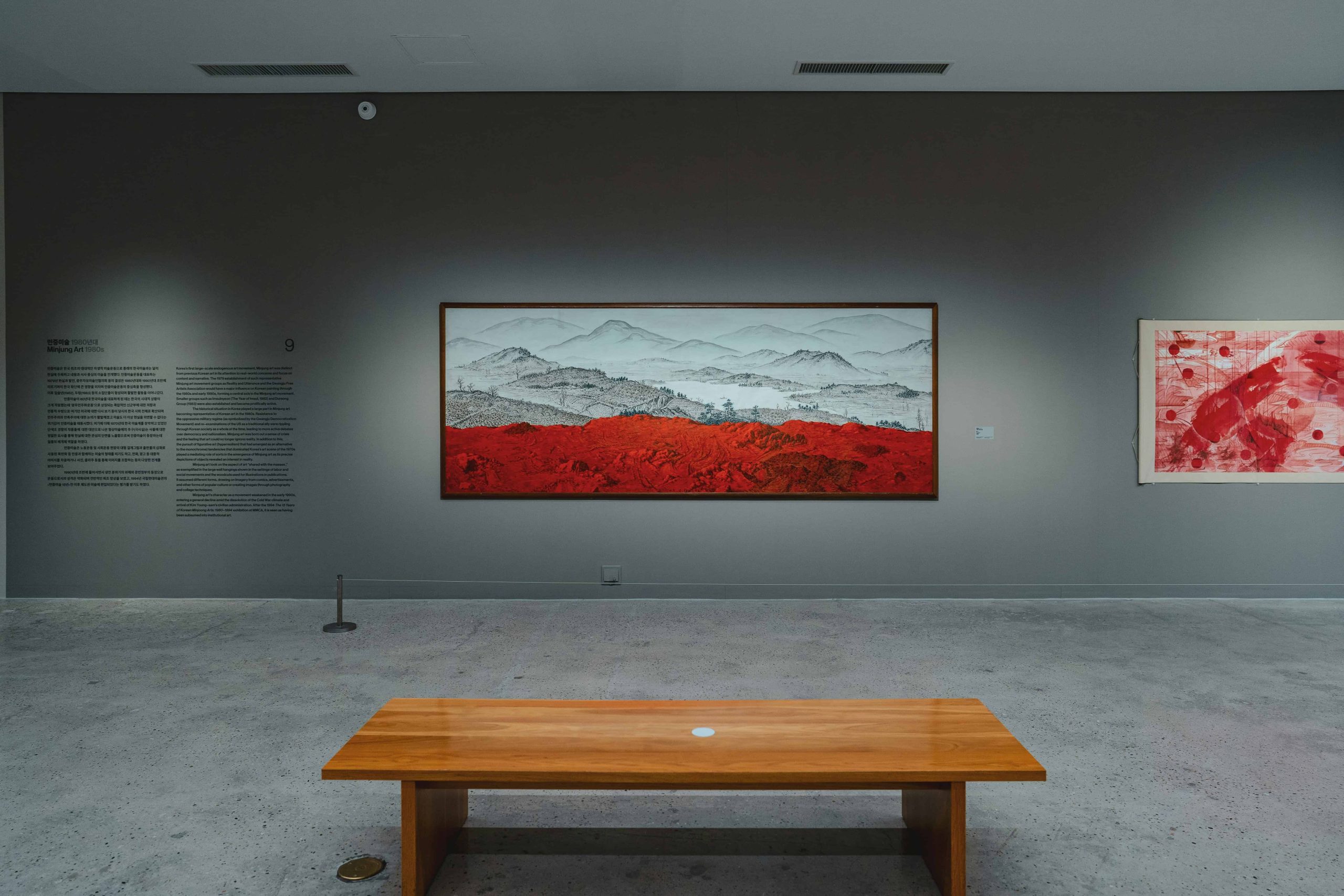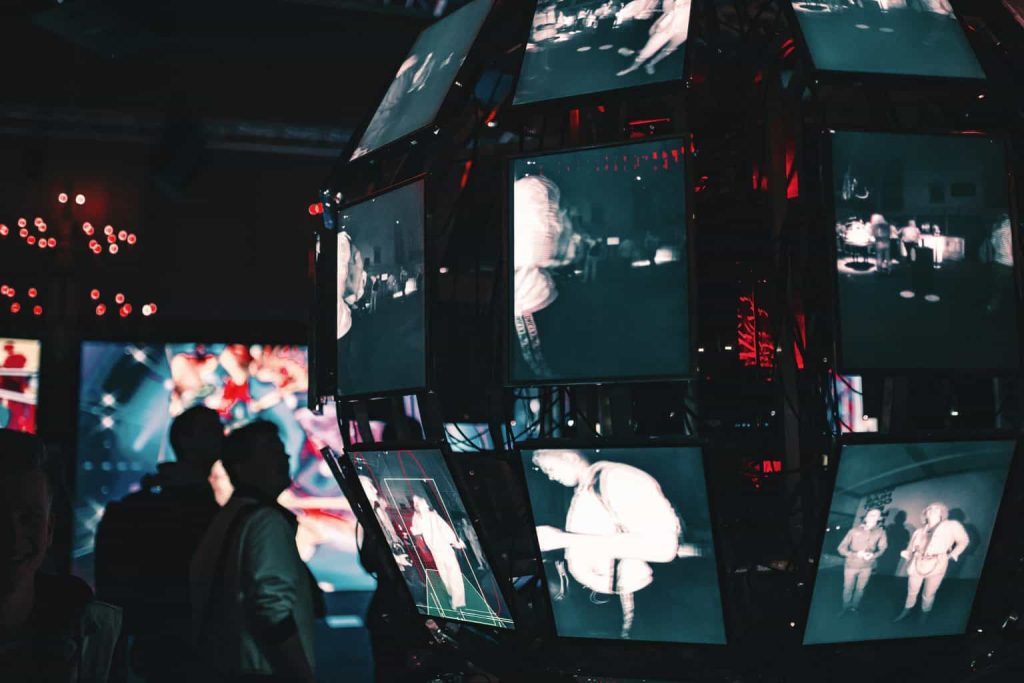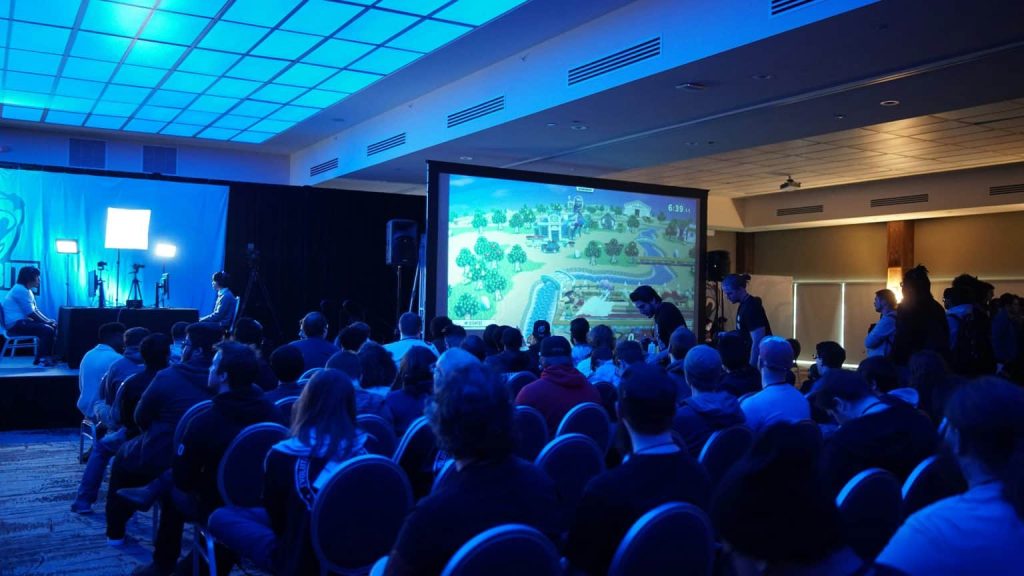
07 Feb Virtual Tours of Renowned Art Collections
The intersection of art and technology has given rise to a transformative era in art exploration, largely propelled by the widespread adoption of virtual tours. This shift has democratized access to renowned art collections, allowing enthusiasts to experience cultural treasures from the comfort of their homes. The convergence of the physical and virtual realms has redefined the nature of art appreciation, breaking down geographical barriers and creating a dynamic platform for global engagement.
In this digital landscape, virtual tours serve as gateways into the expansive world of artistic wonders, transcending the limitations of traditional museums and galleries. As we navigate this technological renaissance, it becomes clear that this fusion of art and virtual exploration is more than a mere convenience; it is a profound force shaping the future of cultural engagement. Join us in exploring the limitless possibilities and impacts of virtual tours as they continue to unlock the treasures of the art world, making art appreciation a global and accessible experience.
Exploring Renowned Art Collections Virtually

Photo by Maxim Hopman
Curating the Experience
Creating a multisensory, cross-border immersive experience is the goal of cultural exploration. Choosing well-known galleries and museums, like the Louvre and the Met, allows one to navigate through establishments that have a variety of collections that span continents and eras. The encounter isn’t limited to one format; it takes place in several dimensions, giving fans the chance to interact with the artwork in 360° perspectives, explore the virtual areas using Street View, or take part in guided tours that combine background information and historical context. These virtual spaces contain both well-known works of art and the subdued beauty of undiscovered treasures, all adding to the rich tapestry of creative expression. Curating the event turns it into a dynamic investigation that reveals the layers of creativity that reverberate throughout the world and through time.
Engaging with the Art
Engaging with the art transcends passive observation, offering a dynamic interaction that amplifies the richness of the virtual museum experience. Interactive elements empower enthusiasts to zoom in, allowing for an up-close appreciation of intricate details, while audio descriptions provide a sensory layer to the visual encounter. Delving into artist biographies adds depth, enabling a comprehensive understanding of the creators behind the masterpieces. Curated thematic tours provide a personalized journey through the collections, allowing exploration based on art movements, historical periods, or the works of specific artists. This approach transforms the virtual visit into a tailored exploration, offering a unique perspective on the vast world of art. Additionally, educational resources such as podcasts, interviews, and video lectures serve as invaluable tools, fostering a deeper connection with the art by providing context, insights, and a broader cultural understanding. The engagement with art becomes a multifaceted experience, blending observation with exploration and education.
Beyond the Gallery Walls
The virtual museum experience extends beyond the confines of gallery walls, inviting exploration into the broader cultural landscape. Take a glimpse into the architectural wonders and lush gardens surrounding these institutions, offering a holistic appreciation for the symbiosis between art and its physical environment. The journey transcends traditional screens through virtual reality experiences, immersing enthusiasts in a transformative exploration that adds a new dimension to the art-viewing experience. Beyond static images, this technology enables a more immersive and dynamic encounter with the artistic realm. Live events further bridge the gap between the virtual and the tangible, creating opportunities for participation in artist talks, workshops, and behind-the-scenes tours. This interactive approach not only deepens the connection with the art but also fosters a sense of community, bringing the cultural experience to life in real-time. Beyond the gallery walls, the exploration becomes a journey that encompasses the architectural, the virtual, and the live, enriching the overall tapestry of cultural engagement.
Impact and Future of Virtual Art Tours

Photo by Stem List
Positive Impact
Virtual tours have significantly improved accessibility to art and cultural experiences, transcending geographical and physical constraints. Individuals who may face challenges in visiting museums or art galleries due to factors like distance, mobility issues, or financial constraints can now access these cultural treasures from the comfort of their homes. This inclusivity ensures that a broader audience, irrespective of their location or physical abilities, can engage with art and expand their cultural knowledge.
Moreover, virtual tours have revolutionized education by providing a dynamic and interactive platform for learning. Teachers and students can explore historical artifacts, famous artworks, and culturally significant sites without leaving the classroom. This immersive experience enhances the educational process, fostering a deeper understanding of art and history. Virtual tours also enable institutions to reach students in remote areas, bridging the educational gap and democratizing access to cultural education.
Future Enhancements
As technology continues to advance, the potential of virtual reality (VR) and augmented reality (AR) in art tours becomes increasingly promising. Future enhancements may involve leveraging VR to create fully immersive experiences, allowing users to feel as though they are physically present in a museum or gallery. AR could enhance the virtual tour experience by overlaying additional information, historical context, or interactive elements onto the artworks. These technological developments hint at an exciting future where the boundaries between the virtual and physical worlds blur, offering users a more sensory and engaging encounter with art.
Looking Forward
Envisioning the future of virtual art tours reveals their pivotal role in shaping cultural experiences. As technology evolves, these tours are likely to become even more sophisticated, offering unprecedented levels of immersion and interactivity. The integration of artificial intelligence may enable personalized tours tailored to individual preferences, creating a more personalized and meaningful cultural exploration. Virtual art tours are poised to be at the forefront of cultural innovation, providing a dynamic and accessible medium for people worldwide to connect with art and heritage. Their continued evolution promises to redefine the way we experience and appreciate culture in the years to come.

Photo by Pixabay
Conclusion
The evolution of virtual art tours has brought about a remarkable transformation in the world of art exploration. As we’ve explored the benefits and unique experiences offered by renowned art collections, it’s evident that virtual tours have democratized access to cultural treasures, transcending geographical barriers. These tours offer an immersive experience and serve as invaluable educational resources, making art appreciation more inclusive and accessible to a global audience.
The impact of virtual art tours on accessibility, education, and cultural engagement cannot be overstated. They have opened doors for individuals who might otherwise never have had the opportunity to explore world-class museums and galleries. Additionally, the future of virtual art tours holds great promise, with the potential for further enhancements through virtual reality and augmented reality technologies. These innovations hint at exciting possibilities that will continue to reshape how we engage with art.
As we look ahead, virtual art tours are poised to play a pivotal role in shaping cultural experiences fostering a deeper appreciation for art, history, and diverse perspectives. The continued evolution of technology will undoubtedly lead to even more immersive and enriching encounters with art, further breaking down barriers and enriching our understanding of the world’s cultural heritage. So, let us eagerly anticipate the future of virtual art tours and the boundless opportunities they offer to connect with art in ways previously unimaginable.
Key Takeaways
- Focus: Emphasis is placed on creating a comprehensive and immersive experience for museum enthusiasts.
- Features: Utilizes a range of features to enhance user engagement and interaction with art and exhibits.
- Accessing iconic museums: Offers virtual access to renowned museums.
- 360° views, Street View, narrated tours: Provides a dynamic viewing experience with 360° perspectives, Street View exploration, and narrated tours.
- Engaging with the art: Facilitates deep engagement through features like zoom-in, audio descriptions, and curated thematic tours.
- Zoom-in, audio descriptions, curated thematic tours: Allows users to zoom in, provides audio descriptions for accessibility, and offers curated thematic tours for a guided experience.
- Beyond the gallery walls: Expands the museum experience beyond physical boundaries through virtual reality and live events.
- Virtual reality, live events, museum architecture: Introduces virtual reality for an immersive experience, hosts live events for real-time interaction, and explores the architectural aspects of museums.
FAQs
What positive impact do virtual art tours have?
Virtual art tours positively impact accessibility, education, and cultural engagement. They break down geographical barriers, making art accessible to a global audience. These tours serve as invaluable educational resources, enhancing understanding and appreciation of art and cultural heritage.
What enhancements can we expect in the future of virtual art tours?
The future of virtual art tours holds exciting possibilities with potential enhancements through virtual reality and augmented reality technologies. These innovations are expected to further elevate the art-viewing experience, providing users with more immersive and enriching encounters with art.
How do virtual art tours contribute to shaping cultural experiences?
Virtual art tours play a pivotal role in shaping cultural experiences by fostering a deeper appreciation for art, history, and diverse perspectives. As technology continues to evolve, these tours contribute to breaking down barriers and enriching our understanding of the world’s cultural heritage, offering boundless opportunities for art exploration.
Navigate the digital art community with confidence as we review “Online Platforms for Art Community Interaction”, providing insights into spaces that foster meaningful engagement, collaboration, and interaction among artists and enthusiasts.

